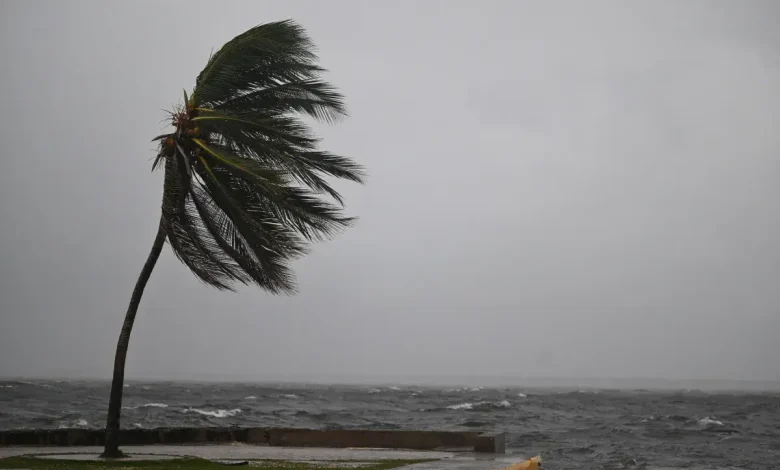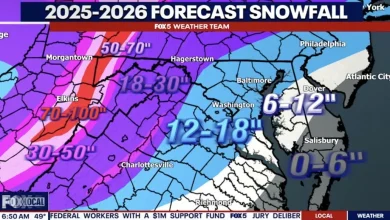Hurricane Update: Chances Florida Gets Hit in November

AccuWeather meteorologists are monitoring an area in the Caribbean where environmental conditions are favorable to a tropical storm or hurricane, with roughly four weeks to go until the Atlantic hurricane season comes to an end.
AccuWeather meteorologists are monitoring an area in the Southwestern Caribbean where warm waters could offer the energy needed for a tropical storm or hurricane to develop. If one such storm forms, Central America and Cuba would be at the greatest risk of impact, but AccuWeather senior meteorologist Scott Homan told Newsweek there’s a chance the storm could curve toward Florida.
Why It Matters
The Atlantic hurricane season began on June 1 and will persist through November 30. So far this season, there have been 13 named storms.
The new forecast comes after Hurricane Melissa ravaged the Caribbean, making landfall in Jamaica as a Category 5 storm. Melissa went on to tear through Cuba and the Bahamas before clipping Bermuda on its way out to sea. Meteorologists have repeatedly warned people living in hurricane-prone areas not to let their guard down even as the season wanes, as there’s still a chance a strong storm could form and hit the U.S. this month.
What to Know
Over the weekend, AccuWeather issued a new forecast, announcing that its meteorologists were monitoring an area in the Caribbean where ocean waters remained warm and wind shear was low.
Although the National Hurricane Center (NHC) is not currently tracking any systems, AccuWeather is keeping an eye on an area south of Cuba and northwest of Colombia.
“We are closely monitoring the southwestern Caribbean for signs of tropical development in the coming weeks,” AccuWeather Lead Hurricane Expert Alex DaSilva said in the report. “Atmospheric conditions could support development through mid-November.
Should such a storm form, DaSilva said, chances are it would move west toward Central America or Mexico. However, AccuWeather meteorologists have also placed Florida in an area of low risk of tropical storm wind and rain impacts, whereas the rest of the Gulf and Atlantic coastlines are in the near-zero risk of impacts.
Florida’s low risk is the same level as Cuba, the Bahamas, and parts of Mexico and Central America.
The report went on to say that November storms are relatively infrequent, with one named storm forming every other year, according to historical averages.
“In more recent years, however, November storms are becoming a bit more common. In November of 2024, for example, there were three named storms in the Atlantic Basin, one of which reached hurricane strength,” DaSilva said.
What People Are Saying
DaSilva in the AccuWeather report: “We are seeing an uptick in frequency with respect to late-season storms, which is likely due to the warmer sea surface temperatures observed.”
NHC on its webpage: “Tropical cyclone activity is not expected during the next 7 days.
What Happens Next
The NHC is not monitoring any named storms as of Monday, and neither is AccuWeather. People living in hurricane-prone areas are advised not to let their guard down and remain up to date on the most recent forecasts as the hurricane season persists.





